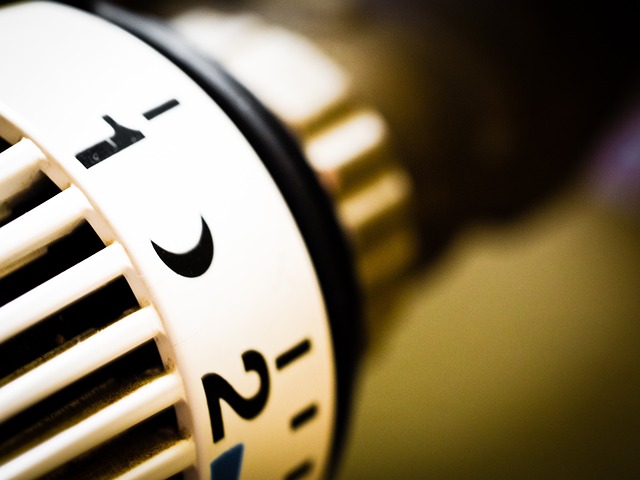Calibrating thermostats for steady indoor comfort
Proper thermostat calibration helps maintain steady indoor temperatures, reduce energy waste, and extend the life of heating equipment. Understanding controls, sensors, and how your thermostat interacts with a furnace or boiler and the duct and vent network makes routine checks more effective and improves overall comfort.

Thermostat controls and basic settings
A thermostat acts as the control center for indoor heating, interpreting setpoints and commanding ignition, fan, or pump cycles. Modern controls may include programmable schedules, adaptive learning, and remote access; simpler models provide basic on/off or heating/cooling switching. Calibration confirms that the thermostat’s displayed temperature matches the actual room temperature and that setpoints trigger the furnace or boiler reliably. Accurate controls reduce short cycling and unnecessary wear on ignition components and other mechanical parts.
How sensors and ignition affect combustion efficiency
Sensors inside the thermostat and on heating appliances feed data that affects combustion timing and efficiency. If a thermostat sensor reads inaccurately, the system may run longer or shorter than needed, which can increase fuel use and stress the ignition system. For boilers and furnaces, proper sensing ensures combustion occurs only when required, improving combustion efficiency and lowering emissions. Regular inspection of sensors and ignition wiring helps prevent misfires, delayed starts, or unsafe operating conditions.
Managing airflow with vents, ducts, and filters
Even a perfectly calibrated thermostat can’t compensate for restricted airflow. Clean filters and unobstructed vents and ducts are essential to distribute conditioned air evenly. Poor airflow causes temperature stratification, which may make rooms feel uneven and prompt the thermostat to overcompensate. Routine checks of filters and ducts improve efficiency and reduce strain on blowers and fans. Sealing leaks in ducts and ensuring vents are open where needed helps the thermostat maintain a stable, consistent indoor temperature.
Coordinating thermostat with furnace or boiler operation
Thermostat calibration should reflect the characteristics of the heating source. Furnaces and boilers differ in response time: a boiler’s radiant warmth may build more slowly than a forced-air furnace, so setpoint strategies and differential settings should account for those differences. Calibration ensures the thermostat’s control curve and cycle rate align with the equipment’s ignition and heat output patterns. When controls are matched to the appliance, you can avoid short cycles, extend component longevity, and maintain more predictable comfort.
Inspection, routine servicing, and longevity
Regular inspection and servicing of thermostats and heating components supports long-term reliability. A qualified technician can test thermostat accuracy, check sensor placement, verify ignition timing, and inspect combustion pathways and seals. Maintaining clean filters, verifying proper airflow, and checking vents and ductwork reduce wear on motors and controls. Consistent servicing not only helps sustain efficiency but also contributes to the longevity of furnaces, boilers, and associated controls and sensors.
Practical calibration tips and local services to consider
Simple calibration steps include comparing the thermostat reading with a reliable thermometer at the room midpoint and adjusting offset settings if available. Ensure the thermostat is mounted away from direct sunlight, drafts, or heat sources that can skew readings. For more complex systems, especially those with zoning, multiple thermostats, or hydronic controls, consider professional servicing. Search for local services with HVAC inspection, thermostat calibration, and combustion testing credentials to ensure safe, accurate adjustments.
Conclusion Calibrating a thermostat is a straightforward way to improve indoor comfort and support efficient operation of furnaces or boilers. When sensors, controls, airflow, vents, ducts, filters, ignition, and combustion are addressed together through inspection and servicing, homes maintain steadier temperatures and equipment tends to last longer. Regular checks and informed coordination between thermostat settings and heating appliance behavior help create a reliably comfortable indoor environment.






